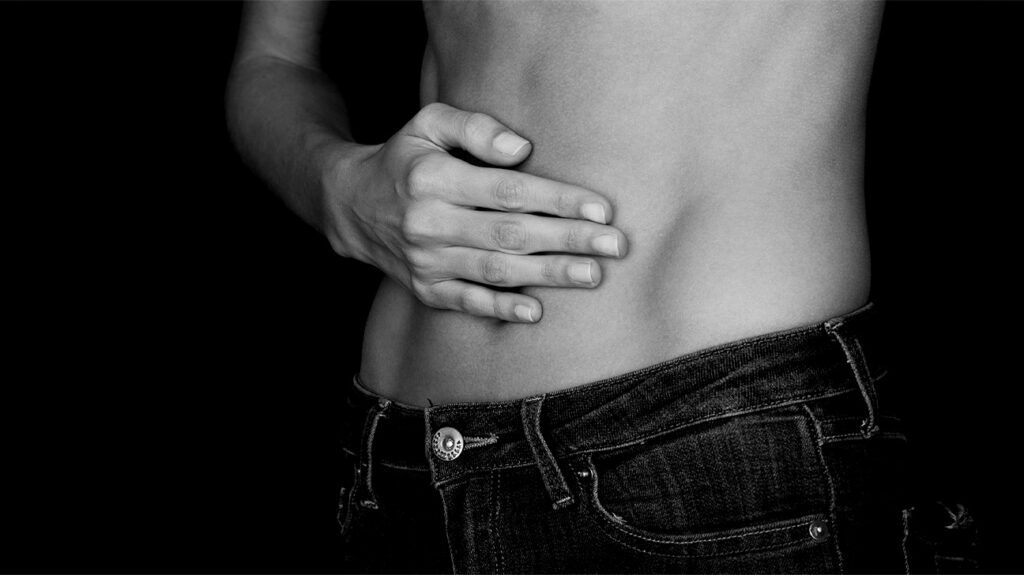Ulcerative colitis (UC) causes inflammation in the large intestine, which may increase the risk of a person developing a fistula.
Ulcerative colitis (UC) is a type of inflammatory bowel disease (IBD). It causes inflammation and small ulcers in the large intestine.
A fistula is a narrow passageway that forms and connects one organ to another or to the surface of the skin. Fistulas can form through parts of the large intestine due to inflammation or injury.
This article discusses whether there is a link between UC and fistulas, how to recognize symptoms of a fistula, how to manage a fistula, and more.

Approximately 3% of people with UC will develop a fistula, according to Crohn’s & Colitis UK. This is most likely to happen after a person has had surgery with a pouch formation.
A 2021 study suggests that the most common area for a person with UC to develop a fistula is the anorectal region. A fistula in the anorectal region connects the rectum to the anus.
According to
The same research suggests that it is more common for a person with UC to develop a fistula if they have undergone ileoanal pouch anastomosis. Ileoanal pouch anastomosis is a type of surgery for UC. It involves removing the large intestine and replacing it with a pouch so a person can pass stool as usual.
The symptoms of a fistula in a person with UC can vary, depending on where the fistula forms and connects.
A person may experience stool passing from the large intestine through the fistula to the surface of the skin or into another internal organ.
Other symptoms a person with a fistula may experience
- diarrhea
- abdominal pain
- pain in or around the anus
- swelling or a tender lump around the anus
- passing pus through the opening of the fistula
- dehydration
- fever
- unexplained weight loss
Learn about the symptoms of UC.
To diagnose a fistula when a person has UC, a healthcare professional will typically:
- take a full medical history
- ask about any present symptoms
- perform a physical exam
- order imaging tests
A physical exam for a fistula
- checking for any abnormal openings in the skin
- listening to the abdomen
- checking for signs of pain, inflammation, and infection
- viewing inside the anus and rectum using procedures such as an anoscopy or proctoscopy
- feeling inside the rectum for any abnormalities
After a physical exam, a healthcare professional may use imaging scans to diagnose a fistula. These can include:
- an ultrasound, CT scan, or MRI to create images of the large intestine
- X-rays using a chalky liquid to view inside the large intestine
- a fistulography, which involves injecting a chemical agent into the fistula for clearer images on an X-ray
If a person with UC has a fistula, they should continue with any UC treatment, as active disease may make a fistula worse. However, a healthcare professional may recommend stopping taking steroids for UC, as they can make a fistula worse.
There are several ways a person with UC can manage a fistula, including:
- taking biologics, such as infliximab, to reduce inflammation and help close fistulas
- replacing fluids and electrolytes a person may have lost
- speaking with a healthcare professional about nutritional support
- taking regular warm baths while avoiding the use of products containing soap, salt, or perfume
- taking antibiotics if any infection of the fistula is present
- avoiding the use of lotions and cosmetic products that contain perfumes
- sitting on cushions to ease any pain from the fistula
- having surgery if complications of the fistula are severe
A person’s doctor can advise on what treatments they recommend.
A person with UC should consider contacting a healthcare professional if they experience persistent symptoms of a fistula.
Although uncommon, it is possible for a fistula to lead to sepsis. Sepsis is a life threatening condition in which the immune system has an extreme reaction to an infection, causing damage to vital organs and tissues.
A person should contact a health professional immediately if they experience any of the following symptoms of sepsis:
- accelerated heart rate and breathing
- a high fever
- blotchy skin
- skin discoloration
- a day without passing any urine
- sudden confusion, disorientation, or slurred speech
Can a colon fistula heal?
According to the
What does fistula pain feel like?
Fistula pain may be a constant, throbbing pain that may worsen when a person moves, sits down, or passes stool.
Ulcerative colitis (UC) is a type of inflammatory bowel disease that can lead to inflammation and ulcers in the large intestine.
A fistula is a narrow tunnel that can attach one organ to another or to the surface of the skin.
The inflammation in the large intestine due to UC may lead to a fistula, connecting the large intestine to another organ or the surface of the skin.
Symptoms of a fistula in a person with UC can include pain and swelling near the anus, skin irritation, and passing stool or pus through the opening of the fistula.
A person with UC can manage a fistula by taking certain medications, taking regular warm baths, avoiding soaps and perfumed lotions, staying hydrated, and seeking nutritional support to replace any lost nutrients.
A fistula may heal by itself. However, if symptoms are persistent, a healthcare professional may recommend surgery.
